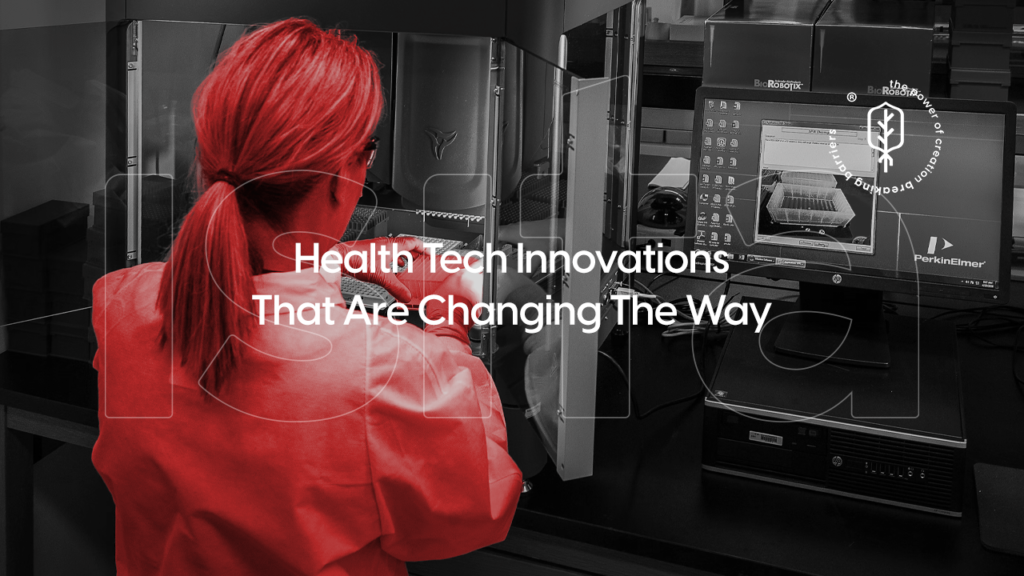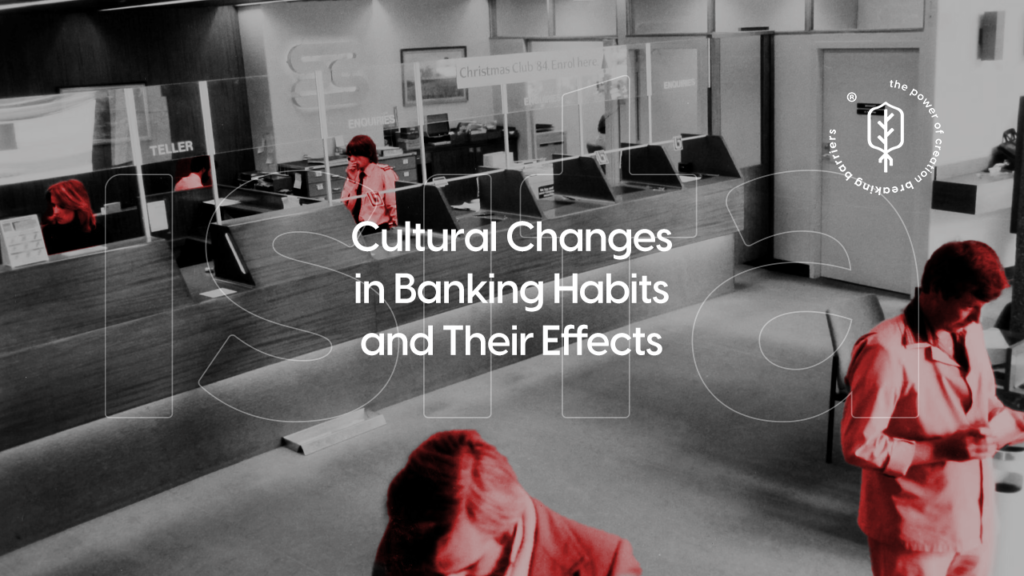In a world where digital transformation is no longer an option but a necessity for business survival, the speed at which organizations adopt innovative technologies defines their ability to compete and grow. Companies operating between Mexico and the United States, particularly in sectors like Information and Communication Technologies (ICT), understand that having the right talent at the right time is crucial to driving their digital transformation processes.
Staff augmentation has become a key strategy to facilitate this transition. It allows startups and large corporations to quickly integrate developers and technology specialists, adapting to market demands efficiently. According to Deloitte, 87% of companies believe that workforce flexibility is essential for fostering digital innovation. This flexibility enables businesses to scale their teams up or down depending on project needs, integrating external talent without the time and costs associated with traditional hiring.
In this context, Ken Salazar, U.S. ambassador to Mexico, has highlighted the importance of strengthening cross-border value chains in the ICT sector, recognizing that technological collaboration between the two countries is key to regional competitiveness. This vision underscores the significance of mechanisms such as staff augmentation for fostering talent and knowledge exchange across borders.
What is Staff Augmentation?
Staff augmentation is a flexible hiring model that allows companies to temporarily strengthen their teams with external professionals. Unlike traditional outsourcing, this approach integrates talent directly into the company’s internal processes, providing greater control over operations and ensuring that professionals align with business objectives.
This model is particularly useful for digital transformation projects, where companies require software developers, software engineers, cybersecurity experts, and data analysts with specialized knowledge that may not always be available within their permanent team.
Digital Transformation: A Business Imperative
Digital transformation involves integrating digital technologies into all areas of an organization, fundamentally changing how it operates and delivers value to customers. This includes process automation, artificial intelligence, data analytics, and cloud solutions.
For companies operating between Mexico and the U.S., this process is even more critical, as they must adapt to a binational competitive landscape where technological advancements define market dynamics. Organizations that successfully implement digital solutions can enhance operational efficiency, improve customer experience, and strengthen their market position.
However, digital transformation also comes with challenges, particularly the shortage of specialized talent. The lack of professionals with advanced tech skills is a common barrier that limits progress for many companies. This is where staff augmentation becomes a strategic ally.
How Staff Augmentation Supports Digital Transformation
1. Fast Access to Specialized Talent
One of the biggest challenges companies face during digital transformation is finding professionals with expertise in software development, artificial intelligence, cybersecurity, and big data analytics. These highly sought-after profiles are often difficult to recruit through traditional hiring processes.
Staff augmentation enables companies to quickly access a global network of specialists, eliminating geographical barriers and reducing the time needed to fill critical positions. This is particularly valuable for startups and growing companies that require agility to adapt to continuous technological changes.
2. Flexibility and Scalability
Digital transformation projects often evolve rapidly, meaning talent needs can change at each stage. With staff augmentation, companies can scale their teams based on project demands, adding or reducing personnel without incurring the fixed costs of long-term hiring.
For example, a company developing a new e-commerce platform may need a larger team during the programming and integration phase. However, once the platform is operational, fewer developers may be required. Staff augmentation provides this flexibility without disrupting operations.
3. Seamless Integration with Internal Teams
Unlike traditional outsourcing, where projects are entirely handed over to external providers, staff augmentation integrates hired professionals directly into a company’s internal teams. This enhances communication, collaboration, and strategic alignment.
Developers and specialists hired under this model work side by side with permanent employees, sharing knowledge and expertise to strengthen the company’s innovation ecosystem and improve workflow efficiency.
4. Reduced Operational Costs
Although the hourly rate of professionals hired through staff augmentation may be higher than that of permanent employees, this model helps companies save on costs related to benefits, insurance, and long-term training. Additionally, it eliminates the financial risks associated with making wrong long-term hiring decisions.
Companies also reduce staff turnover issues, as they can hire specialists only for the duration needed, ensuring that each project has the right talent while optimizing budgets.
5. Keeping Teams Up to Date
Technology advances rapidly, and companies must ensure that their teams stay up to date with the latest tools and methodologies. Staff augmentation allows organizations to bring in professionals who are already experts in emerging technologies, minimizing the risk of teams falling behind industry trends.
Mexico-U.S. Case Study: Cross-Border ICT Integration
The technological relationship between Mexico and the U.S. has gained increasing relevance in recent years. Ken Salazar, U.S. ambassador to Mexico, has highlighted the need to strengthen cross-border value chains, particularly in the ICT sector.
This integration enables U.S. companies to benefit from highly skilled Mexican talent, while Mexican companies gain access to large-scale international projects.
Cities like Jalisco, Nuevo León, and Mexico City have emerged as tech hubs, attracting foreign investment and fostering developer and engineering communities ready to join global teams. This geographical and cultural proximity provides competitive advantages for both countries, particularly for projects requiring agility and continuous collaboration.
How to Implement Staff Augmentation Successfully
To maximize the benefits of staff augmentation in digital transformation, companies should follow these steps:
- Clearly define needs: Identify the technical and behavioral profiles required for the project.
- Evaluate behavioral compatibility: Use tools like PDA Assessment to analyze candidates’ soft skills and cultural fit.
- Ensure integration: Facilitate collaboration between external professionals and internal teams from the project’s start.
- Monitor performance: Implement continuous evaluation systems to ensure that hired talent delivers value to the project.
Staff augmentation has become a strategic tool for accelerating digital transformation in companies operating in dynamic and competitive environments. Its ability to provide quick access to specialized talent, combined with flexibility and control, makes it an ideal model for startups and large corporations looking to adapt swiftly to technological changes.
In the Mexico-U.S. context, this model plays a key role in strengthening cross-border ICT integration, fostering innovation, and consolidating regional value chains. As digital transformation continues to shape industries, companies that leverage staff augmentation will be better positioned to thrive in the evolving digital landscape.



